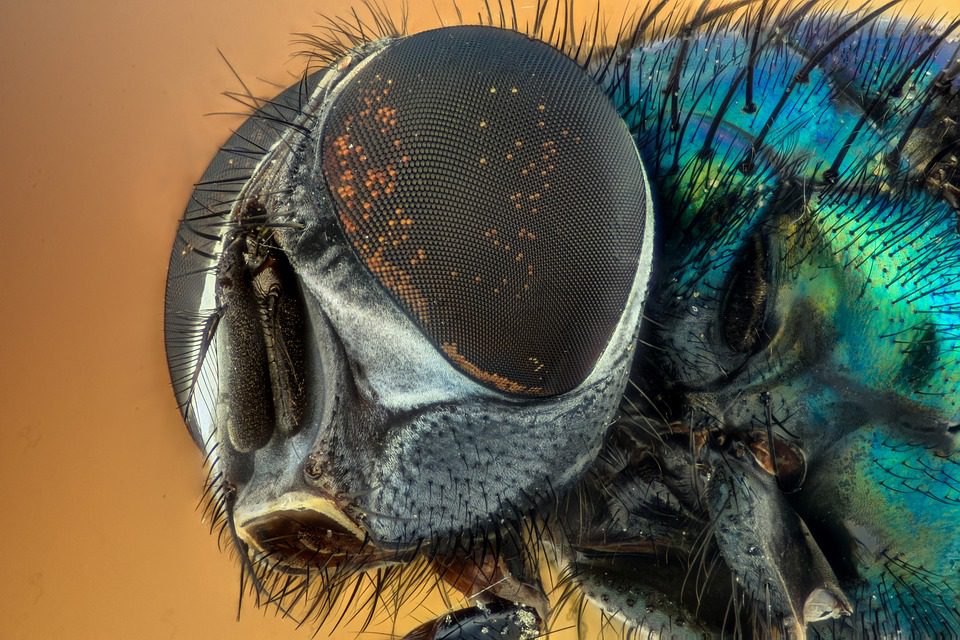Scientists at Indiana University’s School of Science have discovered that blowflies may be utilized as chemosensors, with a special emphasis on the identification of chemical weapons substances in the environment.
In our surroundings, blowflies are everywhere; therefore, they are quite skilled at analyzing the air we breathe. This means they will glide throughout the surroundings, taste everything, and then deposit the knowledge in their bellies for later use. They were able to investigate how various external conditions might affect the identification of chemical warfare simulants via a number of investigations.
The chemical weapon simulant has characteristics of true chemical warfare substances but is not toxic to humans. Pesticides, which appear structurally comparable to chemical warfare weapons in regards to the activity of their components, are also used as chem weapons simulators.
It was determined what substances were in the blow flies’ stomachs by using a mass spectrometer, which was developed by the researchers. In addition to chemical weapons agent simulators, they were capable of identifying some of the byproducts that chemical compounds decompose into after they’ve been released into the world.
The scientists discovered that, whereas chemical warfare chemicals do not survive for lengthy periods of time in the surroundings, they do survive for long enough in the fly’s innards to be used for lab testing. They also were capable of identifying the biological weapons agent simulants approximately until 14 days just after the fly had been exposed to them for the first time.
A simple bait station may be set up in a potentially hazardous or inaccessible location, or if someone just wants samples to be collected secretly at a distant or inaccessible location. The flies will naturally go to the lure station.
Following that, the scientists want to use what they’ve discovered after this experiment to a new two-year research supported by the Army Research Office on Environmental Chemistry.
The findigns were published in the journal Environmental Science and Technology.












Leave a Reply